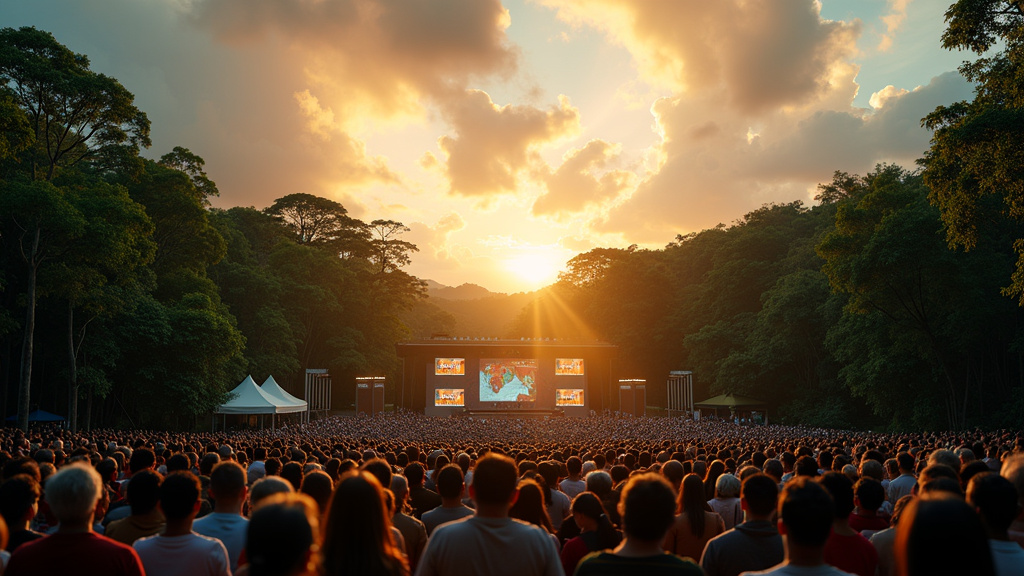The digital entertainment landscape is witnessing a significant shift as **Video Podcasts** are rapidly transforming into the next major battleground for streaming giants. Platforms like YouTube, Spotify, Netflix, and TikTok are making substantial investments in this burgeoning format, recognizing its immense potential to capture a young, engaged audience and attract lucrative advertising revenue through **Video Podcasts**. The **video podcast growth** is undeniable.
The Ascendancy of Visual Podcasting and Video Podcasts
Once primarily an audio-only medium, podcasting has undergone a dramatic evolution. **Video Podcasts**, which combine audio content with a visual component, have seen explosive growth, with production increasing by 64% globally over the past three years. By 2025, **Video Podcasts** constitute 36% of all podcast content, a notable rise from 18% in 2020. This visual turn is not merely a creator trend; it’s a reflection of changing audience preferences for **Video Podcasts**. A significant 62% of **video podcast** viewers are between the ages of 18 and 34, and Gen Z viewership has grown substantially, with many listeners now preferring to watch rather than just listen. This format offers enhanced engagement, with average viewer retention for **video podcasts** being 2.7 times higher than for audio-only formats.
A Fierce Platform Competition for Video Podcasts
Leading the charge is YouTube, which has cemented its position as the dominant destination for podcasts in the United States, holding a substantial market share and hosting the majority of global **video podcast** viewership. The platform even offers tools for audio show producers to generate video using artificial intelligence, enhancing their presence as **YouTube podcasts** gain traction.
Spotify, a major player in the audio streaming space, is aggressively pivoting towards video. Millions of its users have already engaged with video versions of podcasts, signaling a new chapter for the medium. Recognizing the trend, Spotify has forged a significant partnership with Netflix, aiming to bring select **video podcasts** to the streaming giant’s platform starting in early 2026, enhancing their **Spotify video** offerings.
Netflix, a relative newcomer to the podcasting arena, is investing heavily, with plans to feature a dozen licensed programs from Spotify initially, and aiming to expand to over 50, and eventually up to 200, original and licensed productions of **Netflix podcasts**. This move aligns with Netflix’s strategy of licensing proven content to diversify its offerings and potentially attract new demographics, viewing **video podcasts** as a more cost-effective content pillar compared to traditional productions.
TikTok, the short-form video behemoth, is also entering the fray through collaborations. It has partnered with iHeartMedia to launch up to 25 influencer-hosted shows, focusing on leveraging excerpts of **TikTok content** that can go viral on its platform. This strategy capitalizes on TikTok’s strength in driving discovery through short, engaging clips, making **Video Podcasts** more accessible.
The Advertiser’s Golden Ticket to Video Podcasts
The appeal of **video podcasts** extends significantly to advertisers. The format provides a direct line to the highly sought-after **Gen Z audience**, who are not only heavy podcast listeners and viewers but also respond actively to **podcast advertising**, with a large percentage taking action like purchasing products or visiting websites. The increasing investment in video content by platforms also means more lucrative ad spots, driving significant ad spend growth in the podcasting sector, particularly for **Video Podcasts**.
A Hybrid Future for Content Consumption and Video Podcasts
The podcasting industry itself is a booming market, projected to reach over $100 billion by 2030, with a 2025 valuation estimated at $39.63 billion. The rise of **Video Podcasts** is not replacing audio but is driving a hybrid future where content is consumed in multiple formats. Listeners increasingly expect the flexibility to watch or listen, and platforms are adapting to provide this blended experience. This shift is also enhancing discoverability, with platforms like YouTube serving as primary discovery engines, and short-form video clips from **Video Podcasts** becoming crucial for stumbling upon new shows. For creators, this evolution presents opportunities for expanded audiences, increased revenue, and stronger personal branding through authentic visual storytelling. As major tech players pour resources into this dynamic space, **Video Podcasts** are undeniably set to shape the future of digital entertainment and streaming.





